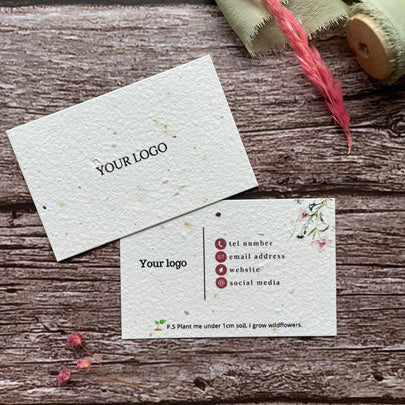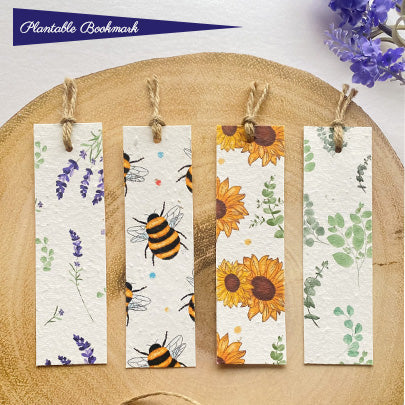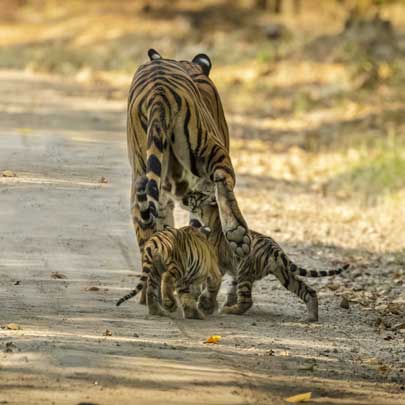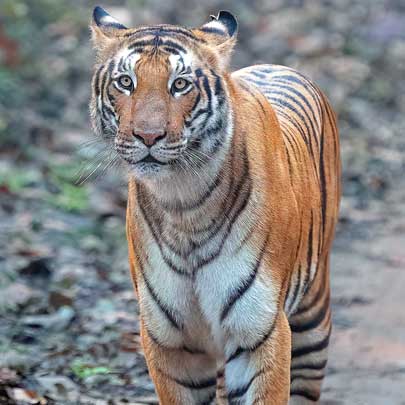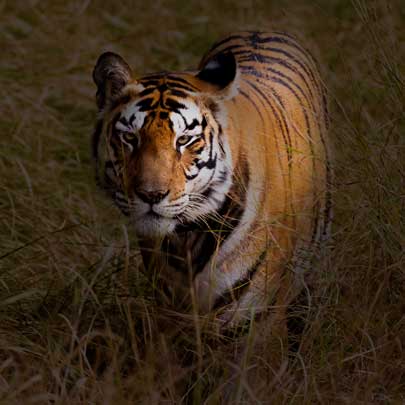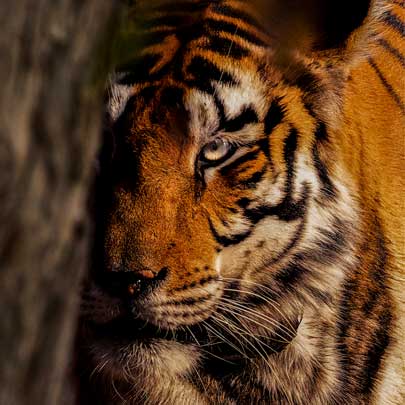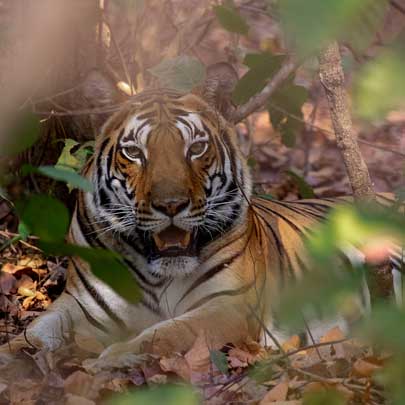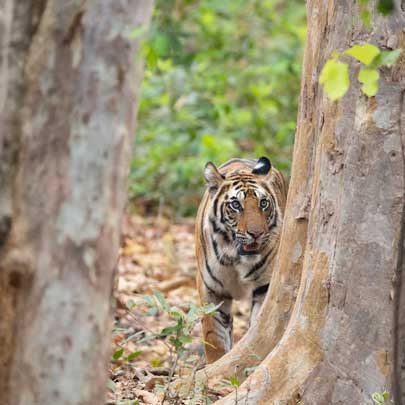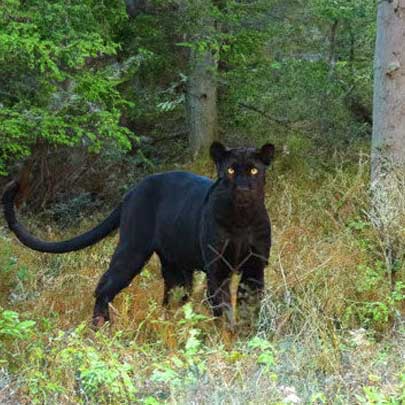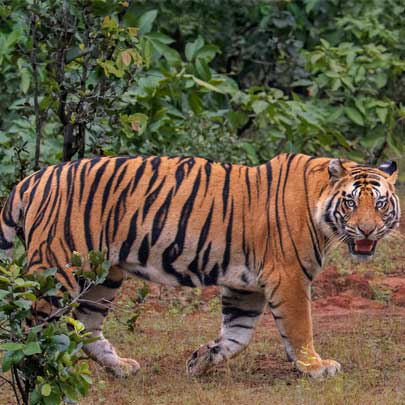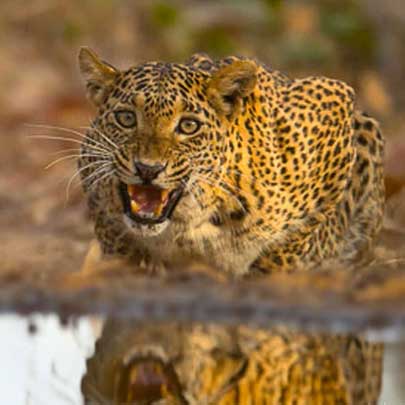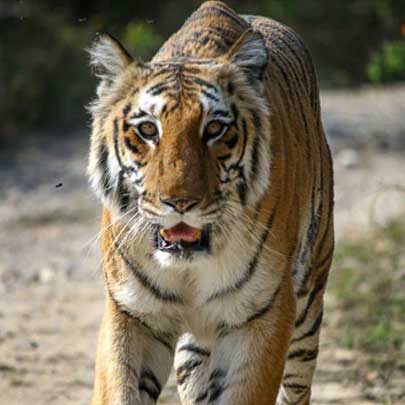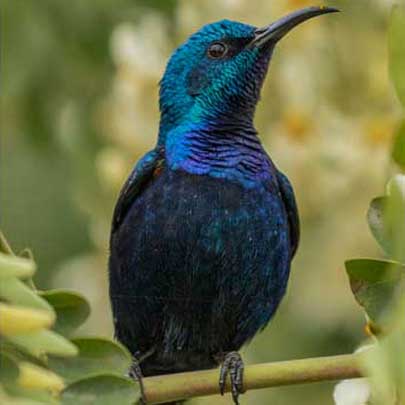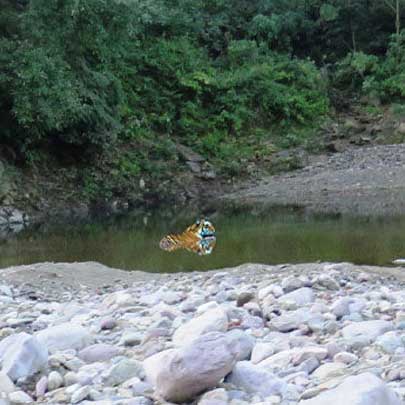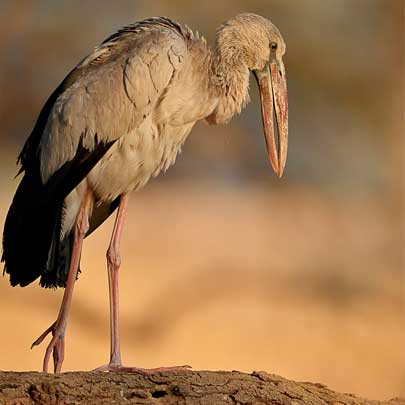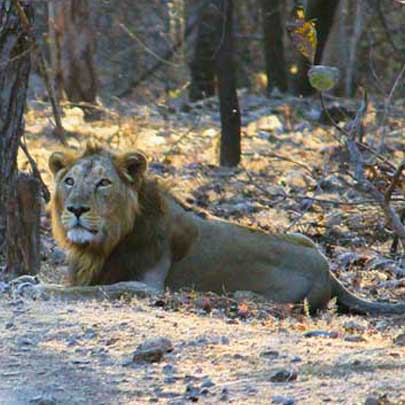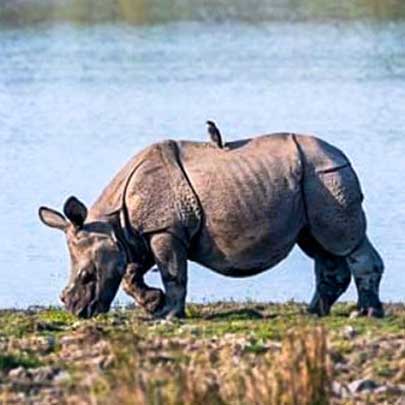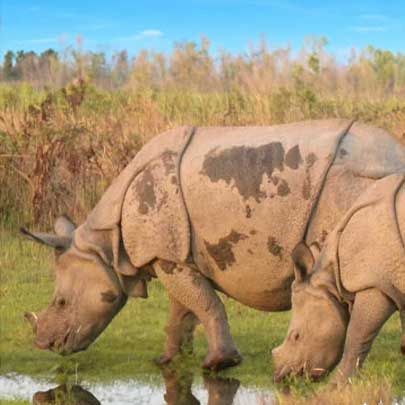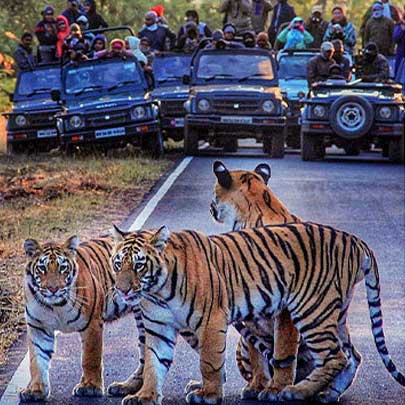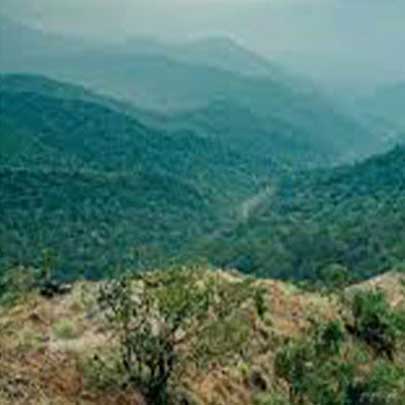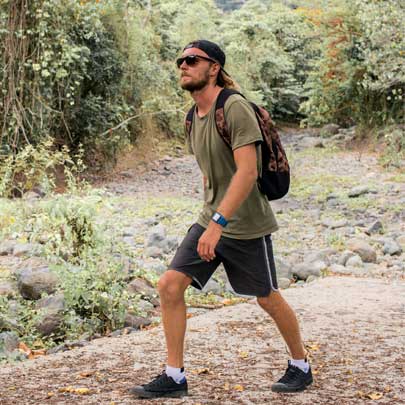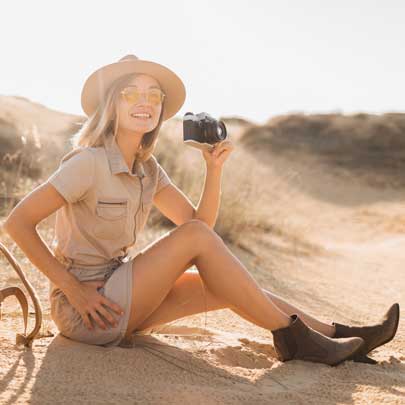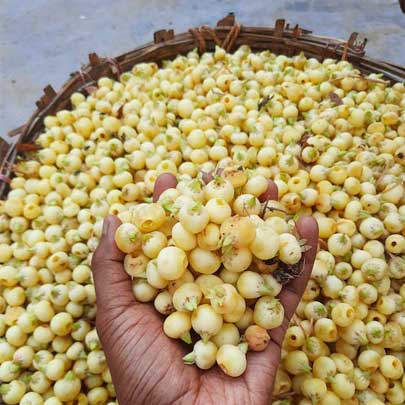What to Expect on a Monsoon Wildlife Tour in India: A Nature Lover’s Paradise Keywords: Monsoon wildlife tour in India, wildlife safari India, best tim
What to Expect on a Monsoon Wildlife
Tour in India: A Nature Lover’s Paradise
The monsoon season in India is often associated with heavy rains, lush greenery, and a break from the intense summer heat. But for wildlife enthusiasts, it also marks the beginning of a unique and spectacular season — the monsoon wildlife tour. While many might think the rains are a deterrent, seasoned travelers and wildlife photographers know that monsoon is one of the best times to experience the vibrant biodiversity of Indian forests.
In this blog, we’ll explore what to expect on a monsoon wildlife tour in India, the best destinations to visit, wildlife spotting opportunities, and how eco-tourism initiatives like Wildlense Eco Foundation are contributing to sustainable wildlife experiences.
Why Choose a Monsoon Wildlife Tour in India?

India is home to over 100 national parks and more than 500 wildlife sanctuaries, housing some of the rarest and most diverse species in the world. While peak tourist seasons like winter (October to March) draw the most footfall, the monsoon (June to September) offers a more intimate, peaceful, and dramatically beautiful jungle experience.
Here's why a monsoon wildlife tour is worth your time:
-
Lush Green Forests: The rains breathe new life into the jungles. Dry, brown landscapes are replaced by dense foliage, vibrant flowers, and gurgling streams, making the scenery ideal for nature photography.
-
Breeding Season for Animals: Many species, including birds and amphibians, are in their breeding season during monsoon, offering a rare chance to witness courtship behaviors, nesting, and baby animals.
-
Bird Watching Paradise: The monsoon attracts a multitude of migratory birds and native species, making it the perfect season for bird watchers.
-
Fewer Tourists: With fewer crowds, your safari experience becomes more personal and peaceful, and you can truly immerse yourself in the sounds and sights of the wild.
Top National Parks to Explore During the Monsoon

While some national parks close during peak monsoon due to flooding and road conditions, several remain open or partially open. Here are some of the best Indian national parks to visit during the monsoon:
1. Kaziranga National Park, Assam
Known for its population of Indian one-horned rhinoceroses, Kaziranga remains partly accessible during early monsoon. The Brahmaputra basin transforms into a spectacular wetland habitat, attracting rich birdlife and aquatic species.
2. Periyar Wildlife Sanctuary, Kerala
Located in the Western Ghats, Periyar is one of the few sanctuaries open year-round. The rains bring out a myriad of flora and fauna, and boat safaris on the Periyar Lake offer sightings of elephants, gaur, and sometimes even tigers.
3. Satpura National Park, Madhya Pradesh
Unlike most parks in Central India, Satpura remains open during the monsoon with restricted areas for safaris. You can experience jeep safaris, walking safaris, and boat rides, offering a holistic jungle experience in the rain.
4. Tadoba Andhari Tiger Reserve, Maharashtra
Known for its high tiger density, Tadoba often remains partially open during the monsoon. The contrast of big cats against a green backdrop makes for an unforgettable wildlife photography opportunity.
5. Valmiki National Park, Bihar
A lesser-known gem, Valmiki becomes incredibly lush during the monsoon. The park is rich in biodiversity and ideal for those looking for offbeat wildlife experiences in India.
Wildlife Sightings and Experiences

A monsoon jungle safari isn't just about spotting the big five. It’s about experiencing ecosystem interactivity, rare species behavior, and the forest in its most fertile, thriving state.
What You Might Encounter:
-
Elephants bathing in rivers and lakes.
-
Tigers and leopards taking shelter or strolling in light rain.
-
Peacocks dancing, a common sight during the monsoon.
-
Frogs, insects, butterflies, and amphibians in abundance.
-
Rare mushrooms, orchids, and monsoon-blooming plants.
-
Migratory birds like the Indian pitta, paradise flycatcher, and various storks.
The dynamic weather patterns create an ever-changing canvas, making every safari unique.
Photography Tips for Monsoon Safaris
Nature photography in India reaches a new level of vibrancy during the monsoon. However, there are a few things to keep in mind:
-
Protect your gear: Use rain covers and dry bags for cameras and lenses.
-
Early morning safaris offer soft, diffused light perfect for photography.
-
Focus on details: Monsoon offers rich opportunities for macro shots—mushrooms, raindrops, insects, and flower blooms.
-
Keep a safe distance: Wet conditions can be slippery and challenging—safety first.
Clothing and Packing Guide for Monsoon Wildlife Tours
When packing for a wildlife safari during monsoon in India, consider the following:
-
Lightweight waterproof jacket and pants
-
Waterproof hiking boots or gumboots
-
Insect repellent
-
Quick-dry clothing
-
Binoculars and a torch
-
Camera rain covers and silica gel packs
Sustainable Tourism and the Role of Wildlense Eco Foundation

Wildlife tourism, when not done responsibly, can negatively impact habitats and species. This is where Wildlense Eco Foundation steps in with its mission to promote eco-tourism in India through sustainable and community-led initiatives.
How Wildlense Eco Foundation is Making a Difference:
-
Community Engagement: Involving local communities in tourism, guiding, and conservation efforts to create economic incentives for protecting wildlife.
-
Eco-Friendly Stays: Partnering with eco-lodges and jungle resorts that follow green practices — minimal plastic use, waste management, and solar energy.
-
Awareness and Education: Organizing workshops and awareness campaigns for tourists and locals alike on wildlife behavior, conservation laws, and responsible tourism.
-
Wildlife Research and Documentation: Facilitating documentation of lesser-known species and their habitats, particularly during the off-season like monsoon.
If you're planning a monsoon safari tour in India, choosing an organization like Wildlense Eco Foundation ensures your travel not only enriches your own experience but contributes positively to nature and local communities.
Dos and Don’ts on a Monsoon Wildlife Tour
✅ DO:
-
Listen to your naturalist or guide at all times.
-
Maintain silence during safaris for better sightings.
-
Carry reusable water bottles and avoid plastic.
-
Respect wildlife—observe, don’t intrude.
❌ DON’T:
-
Venture out alone or off the safari trail.
-
Feed animals or birds.
-
Play loud music or speak loudly in the forest.
-
Leave behind any litter or waste.
Final Thoughts: A Journey Worth Every Drop of Rain
A monsoon wildlife tour in India is a blend of adventure, education, and ecological awareness. From the fresh scent of petrichor rising from the jungle floor to the thrill of spotting a tiger through misty trees, the experience is both grounding and exhilarating.
By planning your trip responsibly — choosing the right parks, traveling with organizations like Wildlense Eco Foundation, and respecting the wilderness — you can enjoy an unforgettable journey while also supporting conservation efforts in India.
So this monsoon, pack your rain gear, camera, and binoculars, and step into the wild side of India. The forest is calling — and it’s greener, livelier, and more magical than ever.
Planning Your Monsoon Safari?
Check out Wildlense Eco Foundation for eco-friendly packages, expert-led safaris, and immersive wildlife experiences. Visit www.wildlense.com to learn more.














